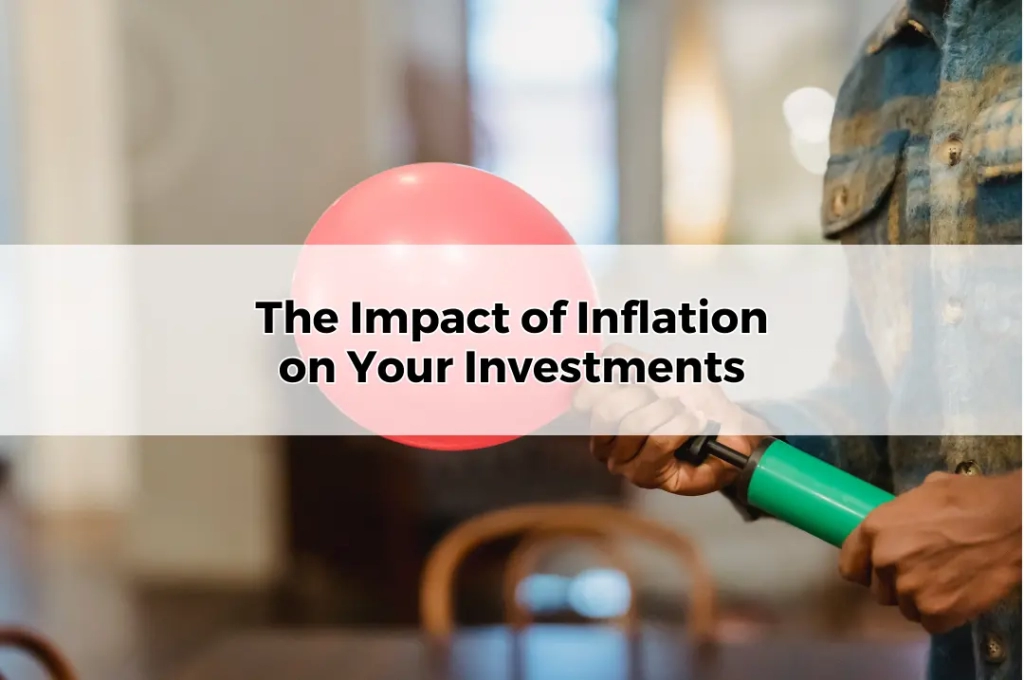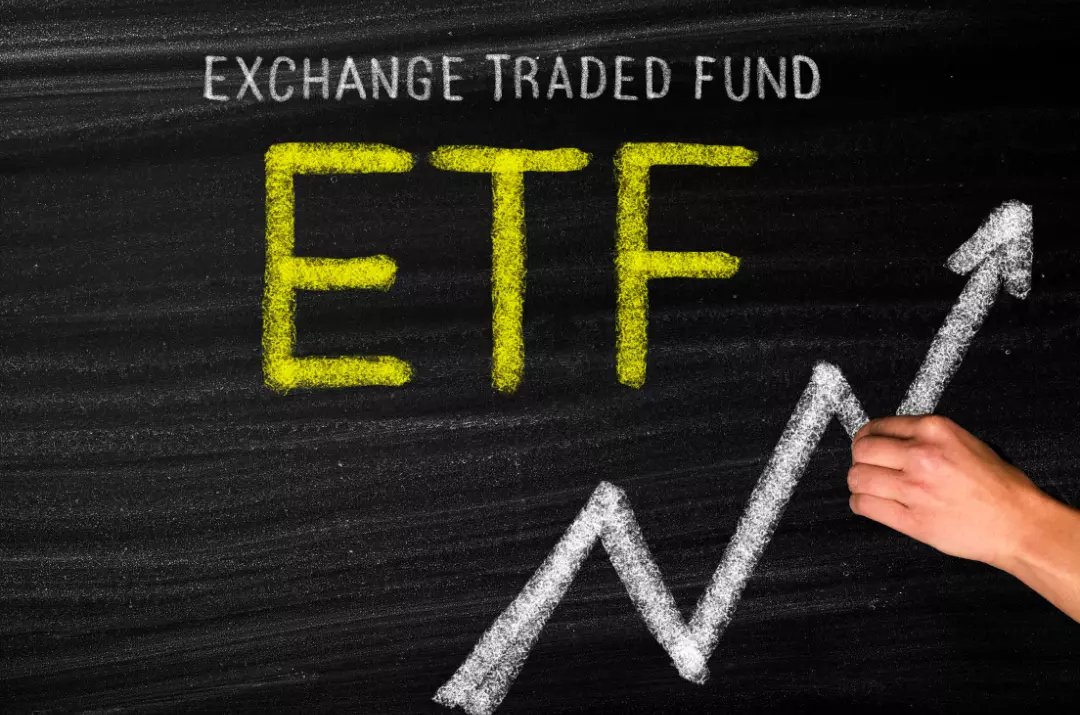The Impact of Inflation on Your Investments
Table of Contents
ToggleInflation is an economic force that can silently erode the value of your money and investment returns over time. For investors, especially those planning for retirement, understanding the impact of inflation is critical. When left unchecked, inflation can diminish the real value of your investments, making it harder to achieve your financial goals. As a Toowoomba Financial Adviser, it’s essential to grasp the nuances of inflation to help safeguard your portfolio and ensure it continues to grow in real terms, despite rising prices.
What is Inflation?
Inflation refers to the general rise in the price level of goods and services over time, reducing the purchasing power of money. In other words, as inflation increases, each dollar buys fewer goods and services. Measured by the Consumer Price Index (CPI), inflation affects everything from groceries to housing. While some inflation is a sign of a healthy economy, excessive inflation can be detrimental to both consumers and investors. To counterbalance its effects, investors must choose assets that can keep pace with or exceed the rate of inflation, protecting their wealth in the long term.
How Inflation Affects Investment Returns
The primary way inflation impacts investments is by eroding the real value of returns. Even if your investments generate a nominal return, inflation can reduce your purchasing power, making your actual gains less significant. For example, if your portfolio earns a 5% return but inflation is running at 3%, your real return is only 2%. Over time, this can significantly diminish the growth of your wealth, particularly for conservative portfolios that rely on fixed returns. As a result, ensuring that your investments outpace inflation is vital for long-term financial success.
The Relationship Between Inflation and Interest Rates
Inflation and interest rates are closely linked, as central banks, like the Reserve Bank of Australia (RBA), adjust interest rates to control inflation. When inflation is high, central banks often raise interest rates to cool the economy, making borrowing more expensive and reducing consumer spending. Conversely, when inflation is low, they may lower rates to stimulate economic activity. For investors, these fluctuations can impact the performance of different asset classes, making it essential to stay informed about macroeconomic trends when building an investment strategy.
Inflation’s Effect on Fixed-Income Investments
Fixed-income investments, such as government and corporate bonds, are particularly vulnerable to inflation. These assets provide a set interest payment, which may not keep pace with rising inflation. As inflation increases, the real value of those fixed payments declines, reducing the purchasing power of your returns. For retirees or conservative investors relying heavily on fixed-income assets, inflation can pose a significant risk to maintaining their standard of living. A Financial Planning Toowoomba specialist can help balance fixed-income investments with inflation-sensitive assets.
The Role of Equities in an Inflationary Environment
Equities, or shares, have traditionally been seen as a strong hedge against inflation. Companies can often pass rising costs on to consumers, which helps to protect their profit margins. As prices rise, companies’ revenues may also increase, leading to higher share prices. This is particularly true for sectors like consumer staples, utilities, and healthcare, where demand remains steady regardless of economic conditions. However, not all shares perform well during inflationary periods, so careful stock selection is important.
Property Investments and Inflation
Real estate is another asset class that tends to benefit from inflation. As inflation rises, so do property values and rental income, making property an attractive hedge against inflation. Over time, the increasing cost of building materials and labour can push property prices higher. Additionally, if you have a fixed-rate mortgage, inflation effectively reduces the real cost of your debt over time. However, it’s important to consider that rising interest rates, used to curb inflation, can also make property more expensive to finance.
Inflation-Protected Securities: An Investment Option
Inflation-linked bonds, such as Treasury Indexed Bonds (TIBs) in Australia, offer a way to protect your investments from inflation. These securities adjust both the principal and interest payments based on the rate of inflation, ensuring that your returns keep pace with rising prices. While inflation-protected securities can provide valuable stability in an inflationary environment, their returns may be lower than riskier assets like equities. Nonetheless, they offer a balanced approach for those seeking to preserve capital while protecting against inflationary pressures.
Commodities as a Hedge Against Inflation
Commodities, such as gold, oil, and agricultural products, have long been viewed as effective hedges against inflation. As the cost of raw materials rises, so do the prices of commodities. Gold, in particular, is often seen as a store of value during times of high inflation or economic uncertainty. Investing in commodities can provide your portfolio with additional protection, as they tend to move in opposition to other asset classes like bonds and shares. Including commodities in a diversified portfolio can help mitigate the impact of inflation on your overall returns.
The Impact of Inflation on Superannuation and Retirement Savings
Inflation can significantly impact the purchasing power of your superannuation and other retirement savings. If your investments don’t outpace inflation, the real value of your savings may diminish over time, leaving you with less income during retirement. This is especially concerning for retirees on fixed incomes, who may find it increasingly difficult to maintain their standard of living. Seeking retirement financial advice is essential to ensure that your superannuation investments are well-positioned to grow and protect your purchasing power in an inflationary environment.
Strategies to Protect Your Investments from Inflation
Protecting your investments from inflation requires a proactive approach. Diversifying across asset classes, such as equities, real estate, and inflation-protected securities, can help cushion the impact of rising prices. Allocating a portion of your portfolio to commodities or inflation-sensitive sectors can provide additional protection. Furthermore, regularly reviewing your investment strategy with an Online Financial Adviser can help you make necessary adjustments as inflation and market conditions change. A well-balanced, inflation-conscious investment plan can safeguard your wealth while allowing for growth.
Conclusion
Inflation is an inevitable part of the economic cycle, but it doesn’t have to erode your investments. By understanding its impact on different asset classes and taking strategic steps to protect your portfolio, you can ensure that your investments continue to grow in real terms. Whether you’re just starting to invest or preparing for retirement, consulting with a Financial Planning Toowoomba expert can help you build a robust, inflation-resistant portfolio. With careful planning, you can navigate inflationary periods and secure your financial future.









